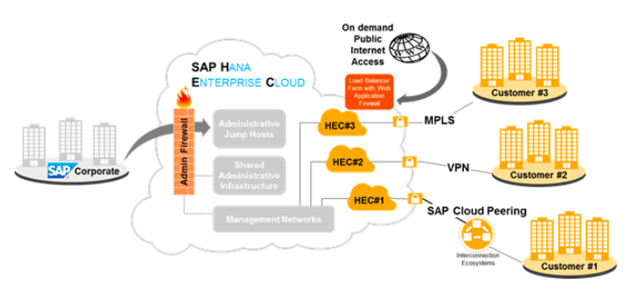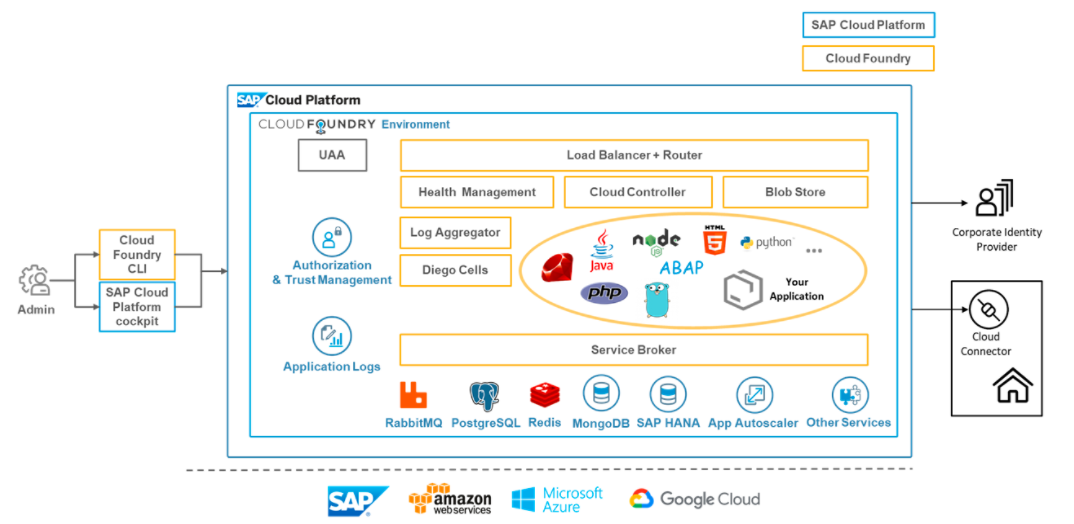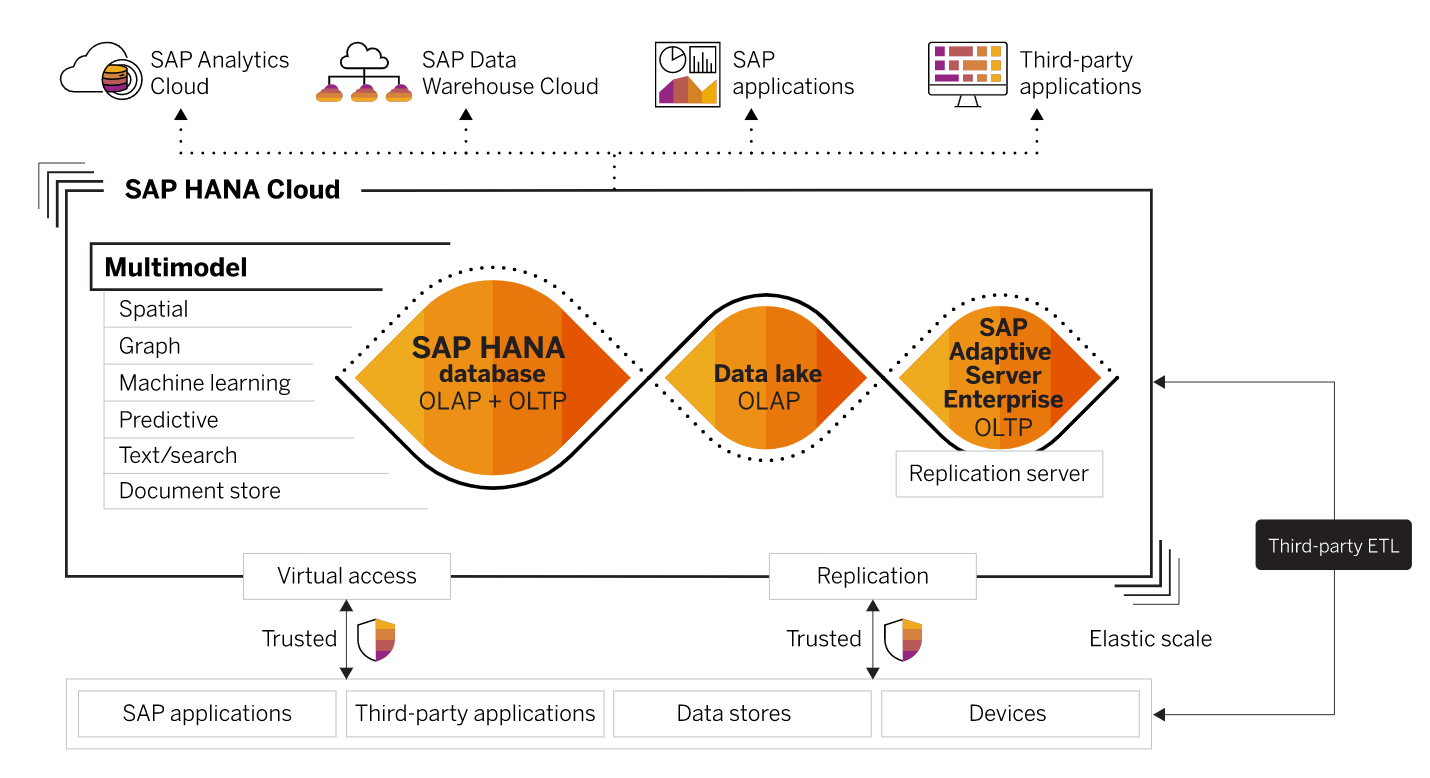 Anthony Cecchini is the President and CTO of Information Technology Partners (ITP), an ERP technology consulting company headquartered now in Virginia, with offices in Herndon. ITP offers comprehensive planning, resource allocation, implementation, upgrade, and training assistance to companies. Anthony has over 20 years of experience in SAP business process analysis and SAP systems integration. ITP is an Appian, Pegasystems, and UIPath Low-code and RPA Value Added Service Partner. You can reach him at [email protected].
Anthony Cecchini is the President and CTO of Information Technology Partners (ITP), an ERP technology consulting company headquartered now in Virginia, with offices in Herndon. ITP offers comprehensive planning, resource allocation, implementation, upgrade, and training assistance to companies. Anthony has over 20 years of experience in SAP business process analysis and SAP systems integration. ITP is an Appian, Pegasystems, and UIPath Low-code and RPA Value Added Service Partner. You can reach him at [email protected].
Cloud computing is one of the hottest buzzwords in technology. It appears 48 million times on the Internet. But amidst all the chatter, cloud computing caused a paradigm shift in the ways software vendors provided their solutions to consumers. SAP’s offerings can be quite confusing… There is HANA Enterprise Cloud, and SAP Cloud Platform (previously HANA Cloud Platform), and HANA Cloud. That’s enough acronyms to confuse anyone. In this blog we will attempt to demystify the SAP trichotomy.
SAP is among the leading cloud-based software vendors with 41 data centers worldwide and 110 million subscribers. It introduced SAP HANA, an in-memory technology that drives its cloud computing in early 2010. With SAP S/4HANA and SAP HANA, the company started the acquisitions of Concur, SuccessFactors and Ariba, small software companies, in the first five years of the 2010s to spearhead its expansion to the cloud. SuccessFactors dealt with human capital management applications, Ariba managed procurement activities whereas Concur was an expense and travel management solution. SAP S/4HANA Cloud was introduced in 2016 while SAP HANA underwent rebranding to become SAP Cloud Platform the following year.
SAP continues to encourage its clients to take advantage of its cloud offerings rather than remain on on-premise landscapes. Even so, most are reluctant because they find SAP cloud complicated. The information below will attempt to simplify the innovative cloud-based solutions from SAP so that you can benefit from what cloud-based software offers.
There are three types of cloud service models, including:
- IaaS {infrastructure-as-a-service}
- PaaS {platform-as-a-service}
- SaaS {software-as-a-service}
With IaaS, your company will outsource the equipment you need to support your operations. These include hardware, servers, networking components and storage. The IaaS provider remains the equipment’s owner so he/she handles its maintenance, running and housing. IaaS, in general, offers a virtual processing machine with storage and availability for which you pay on a per-use basis. It is often a foundation for more extensive cloud service offerings and works best for companies with temporary infrastructural needs or those shifting to operating from capital expenditure. Think, DigitalOcean, Linode, Rackspace, Amazon Web Services (AWS), Cisco Metapod, Microsoft Azure, Google Compute Engine (GCE).
In PaaS, you get the entire platform for software along with its related services like connectivity, authentication and persistence. This model offers a development platform that will enable clients, partners, and independent software vendors to create innovative cloud-based software applications fast. Think, AWS Elastic Beanstalk, Windows Azure, Heroku, Force.com, Google App Engine, Apache Stratos, OpenShift.
SaaS is sometimes known as on-demand software. In this model, software and its associated data are hosted centrally on the cloud. The applications you need are managed and delivered remotely via a standard web browser and secure internet connection. Access to the solutions is charged as a subscription at a fixed cost per user, often monthly. SaaS is primarily used for non-differentiating and non-core applications like procurement, human resource or customer relationship management applications. Think, Google Workspace, Dropbox, Salesforce, Cisco WebEx, Concur, and Zoom.
The deployment option for your software denotes the approach a vendor uses to provide it on the cloud. Diverse licensing, software life cycle management and infrastructure offerings differentiate it. The following are the common deployment models for cloud-based software:
- Hybrid cloud: This combines private and public applications to establish an IT landscape that guarantees the best balance between security and convenience.
- Public cloud: Here, the resources are hosted at a vendor’s premises, then shared by multiple clients accessing them via the web.
- Managed cloud: Here, resources are dedicated to a single client who accesses them via a VPN. The software vendor operates the infrastructure in his/her data center.
- Private cloud: Here, resources are only dedicated to a specific client who owns the infrastructure. A third-party or the client owns and manages the infrastructure that is on his/her premises.
With an understanding of the service models and deployment options for cloud-based software, here are the available options for your company from SAP. First, we will take a look at SAP HANA Enterprise Cloud. From here we will narrow our scope and look at SAP HANA Cloud platform to understand the cloud foundry environment a bit and finally arrive at SAP HANA Cloud including any new innovations.
The HEC is the IaaS offering from SAP. HEC is a private managed cloud solution run in trusted data centers using your choice of Hyperscaler or SAP data center. It depicts the future of ERP while achieving a visibility, agility and TCO {total cost of ownership} previously considered unfeasible. As an IaaS offering, you can run your SAP-based operations in its hosted environment with access to all the benefits of moving your systems to the cloud.
HEC will bring your software landscape nearer to standard code. This dramatically cuts back the time, money and resources needed for access to your software. HEC also allows you to easily adapt or scale your operating model while giving you the freedom to innovate at your speed.
Here is a diagram showing how HEC works:

Since SCP has moved to Cloud Foundry for the management of the development lifecycle using open source standards and micro services architecture. SAP HANA has already moved to a micro services architecture, the applications are divided up into small chunks to allow the developer to choose the development language and there by result in elastic computing. Below is the architecture of Cloud platform with cloud foundry environment, which allows creation of multi-target application as well as HANA artifacts using variety of language interfaces.

This is the SaaS offering from SAP. Even so, it is offered as more of a database-as-a-service (DBaaS). SAP designed the HANA Cloud for clients who want easier access to the high speed associated with the in-memory database of SAP HANA, use a relational data lake that handles a large data amount and enjoy the benefits of cloud. Using this solution allows you to make decisions quickly by acting on live data and integrate data from multiple sources in your enterprise so that you have one secure data source.
SAP HANA Cloud is a cloud-native solution with the performance and power of SAP HANA. It allows you to bind HANA database applications running on SAP SCP or elsewhere. You can also easily migrate the assets you currently own to SAP HANA, more so if you are using HANA on-premise. This saves you on the high costs of moving your hardware and investing in maintenance when moving from SAP HANA to SAP HANA Cloud.

Summary
OK, here is a short and sweet attempt to summarize…
Think of SAP’s HANA Enterprise Cloud as infrastructure as a service plus managed services for SAP software (customers can also run custom SAP HANA apps as well as software for select third-party apps OK’ed by SAP).
Think of SAP’s Cloud Platform as a platform as a service that allows customers and partners to extend existing applications (either cloud or on-premise apps) and create applications that deliver new capabilities.
Finally, think of SAP HANA Cloud as a fully managed in-memory cloud database as a service (DBaaS). As the cloud-based data foundation for SAP Business Technology Platform, it integrates data from across the enterprise, enabling faster decisions based on live data.




